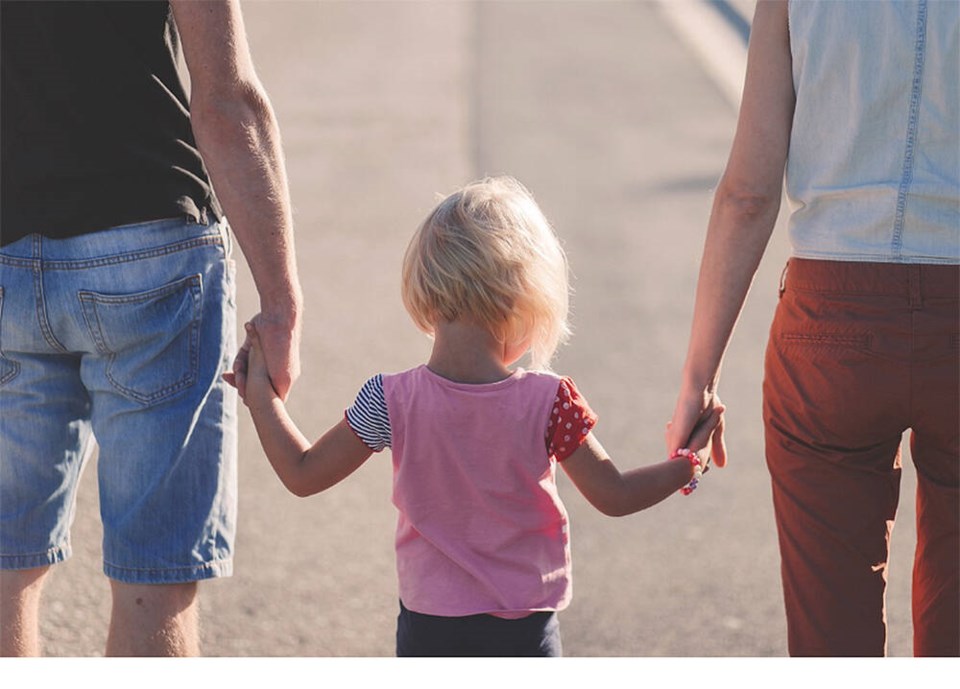The B.C. government recently released its fourth annual progress report on actions underway to help reduce poverty, part of the province’s Poverty Reduction Strategy Act.
The report, TogetherBC: B.C.’s Poverty Reduction Strategy, details government actions in priority areas, mirroring some of the poverty reduction goals set by the City of Delta in certain areas, such as housing and childcare.
The city has hired a poverty reduction coordinator, a position funded through to the end of the year using funding received from the Union of BC Municipalities (UBCM) Poverty Reduction Planning and Action grant program.
Leading the city’s new Community Voices Table, the coordinator is to help the city begin implementing priority issues identified in Delta’s Social Action Plan, approved by council earlier this year,
The city two years ago received a grant of $25,000 for a first stream of the UBCM program to conduct a poverty needs assessment and develop a poverty reduction action plan.
Delta’s Poverty Reduction Plan was presented to council last year and helped form the social action plan, which includes 20 actions to reduce poverty and improve food security in the community.
According to the Delta Poverty Reduction Action Plan report, while the city is a relatively affluent community, with a smaller proportion of low-income residents than that of Metro Vancouver, higher average annual household incomes, fewer homeless people and a lower crime rate, pockets of poverty exist throughout the community.
It impacts a disproportionate number of seniors, youth, immigrants, Indigenous residents and people with disabilities.
In Delta, the highest rates of income inequality exist in Tsawwassen and rural Delta and the lowest rates in North Delta, although there are pockets of high inequality throughout the city, the report notes.
As far as housing issues within Delta, core housing need appears to be greatest in North Delta, followed by Ladner and Tsawwassen.
Current estimates show that around 10,000 people in Delta live below the poverty line (about 10 per cent). That number increases to 14 per cent for visible minority groups and 30 per cent for recent immigrants. Those groups are especially vulnerable during this period of high inflation and the rising cost of living.
The poverty action plan document notes that hidden poverty is by nature difficult to address due to a lack of understanding of who is being affected and the barriers they face.



